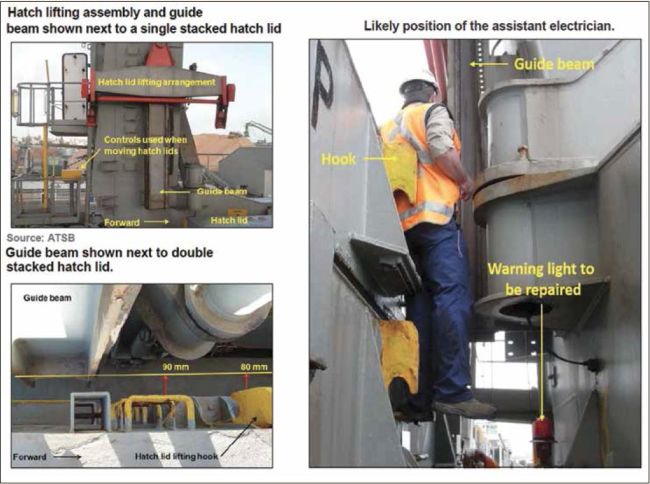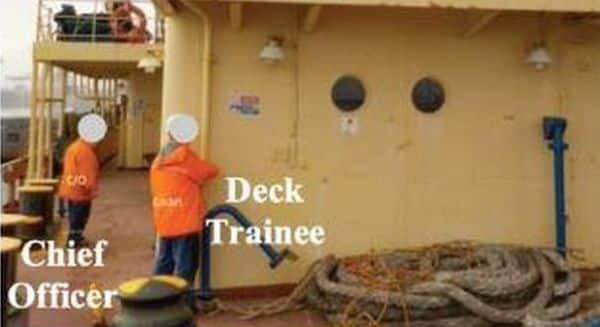Real Life Incident: Over-Reliance On Loading Computer Tilts Ship
A product tanker had been discharging cargo for about six hours. Around 1800 the OOW started loading segregated ballast; the vessel had about a metre of trim by the stern at the time. About two hours later the watch was relieved. The new OOW continued the ballasting operation using the loading computer. About 20 minutes later the deckhands advised by VHF that the vessel appeared to be down by the head. The OOW, looking at the numbers on the loading computer, disagreed, saying that the vessel still had trim by the stern. The deckhands challenged, reiterating the trim by the head.
After hearing the communication between the deckhands and OOW on the radio the Master went himself to check the draughts. It was quickly confirmed that the vessel was trimmed by the head. The OOWs had been relying only on the loading computer for their information. A brief investigation revealed that while the automatic reading function for the cargo and ballast tanks was recording the cargo tank levels, the computer had not been set up properly to record and update the ballast tank levels. The loading computer was displaying incorrect draught, trim and stress information.

Lessons learned
- Before each cargo operation, check your gear and instruments to ensure they are set up properly for the upcoming load or discharge. For loading computers in particular, make sure automatic gauge reading, if fitted, is set up to read all the tanks involved in the operation.
- When a crew member raises a concern about the operation, take a moment to investigate the concern to ensure all is well. In this instance, sharp attention by the deckhands prevented an embarrassing situation from developing into something worse.
- As often is said for navigation, do not rely on a single means or method for your information but ‘use all available means’. In this case, a simple double-check of the draught gauges against the loading computer calculations would have revealed a discrepancy.
- Look out of the window. In this case, the vessel’s trim was such that a look outside may well have been enough to confirm the situation.
Reference: nautinst.org
Do you have info to share with us ? Suggest a correction
About Author
Marine Insight News Network is a premier source for up-to-date, comprehensive, and insightful coverage of the maritime industry. Dedicated to offering the latest news, trends, and analyses in shipping, marine technology, regulations, and global maritime affairs, Marine Insight News Network prides itself on delivering accurate, engaging, and relevant information.

About Author
Marine Insight News Network is a premier source for up-to-date, comprehensive, and insightful coverage of the maritime industry. Dedicated to offering the latest news, trends, and analyses in shipping, marine technology, regulations, and global maritime affairs, Marine Insight News Network prides itself on delivering accurate, engaging, and relevant information.
- Real Life Incident: Vessel Collision in Good Visibility
- Real Life Incident: Severe Injury To Deck Crew While Leaving Berth
- Real Life Incident: Departure Damage in Very Restricted Waterway
- Real Life Incident: Low Situational Awareness Has High Impact Consequence
- Real Life Incident: Fouled Anchor in a Designated Anchorage
- Real Life Incident: Fire On Barge Carrying Scrap Metal Causes $7 Million Worth Of Damage
Latest Case studies Articles You Would Like:
Subscribe To Our Newsletters
By subscribing, you agree to our Privacy Policy and may receive occasional deal communications; you can unsubscribe anytime.
















It’s the tried and tested method of “always look out of the window” that always prevails. It might be old school but it’s always right!
Yes, old school is always reliable.